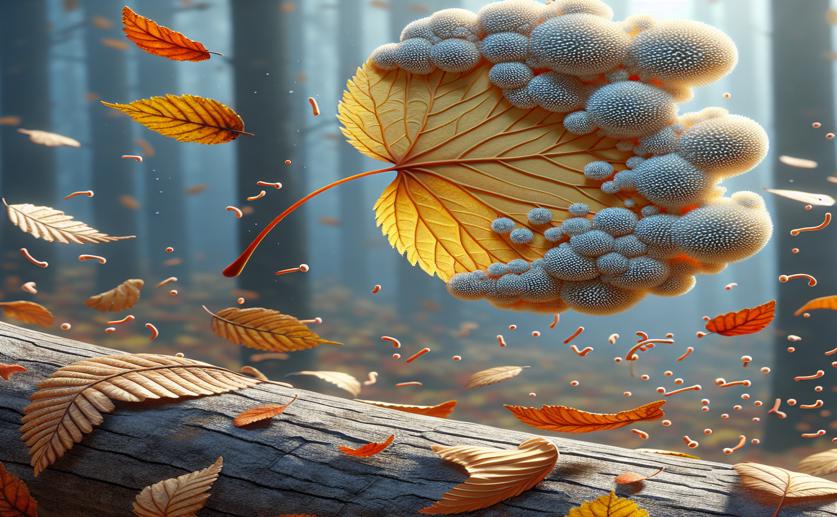
How falling leaves help spread fungal spores efficiently
Phil Stevens
1st February, 2024

Image Source: Natural Science News, 2024
References
Main Study
1) Coherent spore dispersion via drop-leaf interaction.
Published 2nd February, 2024 (future Journal edition)
https://doi.org/10.1126/sciadv.adj8092



 25th January, 2024 | Greg Howard
25th January, 2024 | Greg Howard